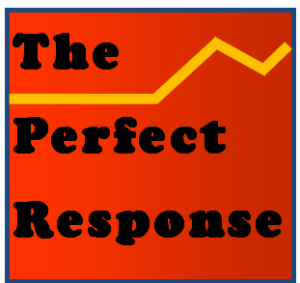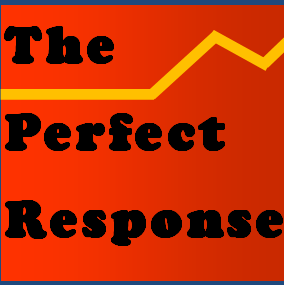[The recent success of Britain’s Mischief Theater Company in stage and video productions around the world is a reassuring reminder that the norms of comedy are alive and well. As this essay suggests, comedy often flows from simple violations of what an audience might expect. It can be funny to see someone gleefully ransack the minor social conventions the rest of us are so careful to observe.]
There are many theories of comedy, and no shortage of academics and philosophers who have weighed in. As the cliché goes, it’s a serious subject. My favorite theory of humor in dramatic settings proposes that our impulse to laugh flows from observing settings where individual actions violate normative expectations. We watch a play or film. The character that an actor is playing seems to be a recognizable type, perhaps a businessperson, a young suitor or a priest. Comedy is often born in these surroundings when earnest characters fail to enact social scripts they have supposedly mastered. That’s the premise of Mischief Theater’s The Play that Goes Wrong (2012), where crack actors portray members of an amateur troop that bungles a story that is supposed to be serious.
In traditional comedies the actions usually can’t be dire or cruel. But when a puffed up socialite gliding through a hotel lobby slips on a banana peel, that’s funny. If the same thing happens to a child, not so much. The humor lies in the punctured dignity of the socialite’s pratfall. It reminds us of the distance between who someone aspires to be and the mortal that they are, and it’s the essence of farce.
This is the set-up facing an earnest and tuxedoed Henry Fonda in Preston Sturges’ The Lady Eve (1949). He has dressed to be the perfect suitor for a shrewd young woman he wants to impress. The setting of a party is the right place to make the impression. But he just can’t quite pull it off.
Sometimes its words rather than behaviors that can be the source of violated expectations. When Rowan Atkinson’s Father Gerald tries to perform his first nuptials in Four Weddings and a Funeral (1994) it becomes clear that the nervous priest has come up short in finding for the familiar language needed to help the equally jittery groom:
Another variation on the mismatch between a scene action is to introduce into familiar surroundings a character who is physically or temperamentally out of place. Charlie Chaplin continually put his scruffy Tramp in reasonably affluent settings that emphasized the pathos of a kind little man facing a much tougher world. The contrast was greatest when he costars where beautiful women such as Virginia Cherrill in City Lights (1931) and Paulette Goddard in Modern Times (1936). The effect of his efforts to romance them is both funny and sentimental.
Groucho Marx and Robin Williams created types defined more by their manic times. The often brilliant stream-of-consciousness riffs of Williams were at least echoes to the wisecracks and double-entendres that poured out of Groucho. In both cases there is comic power in characters who could leave the occupants in a well-ordered room looking like they just survived a tornado.
And, of course, that’s the point. Comedy may seem to be only a source of passing amusement. But it is also a form of discourse that reminds us of how much social life relies on prescribed rules of conduct.
![]()



